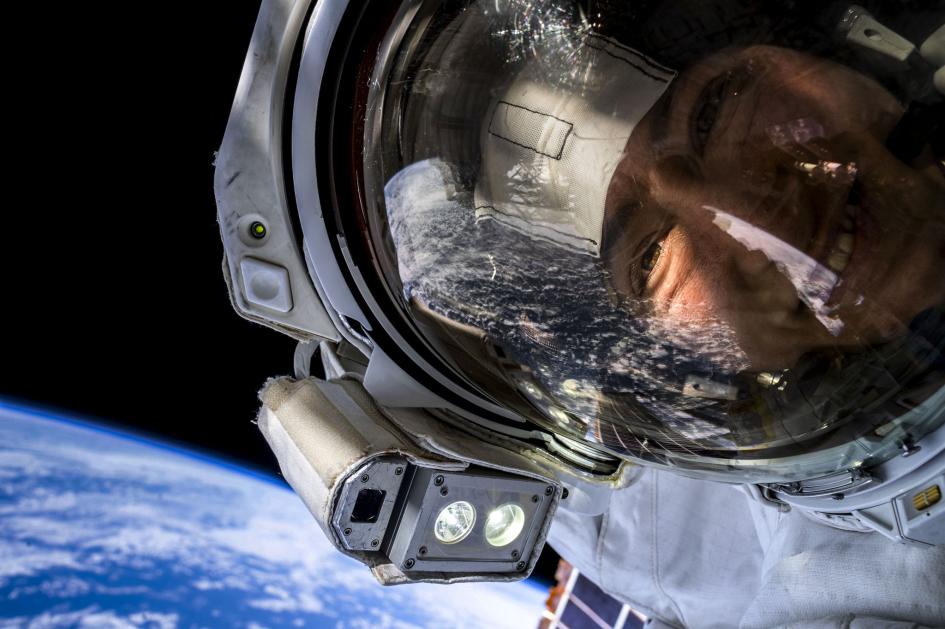Chari is part of the 18-member team of the Artemis Lunar Exploration Programme, through which NASA hopes to land the first woman and the next man on the moon by 2024.
Category: space – Page 719

Astronomers Just Found Cosmic ‘Superhighways’ For Fast Travel Through The Solar System
Invisible structures generated by gravitational interactions in the Solar System have created a “space superhighway” network, astronomers have discovered.
These channels enable the fast travel of objects through space, and could be harnessed for our own space exploration purposes, as well as the study of comets and asteroids.
By applying analyses to both observational and simulation data, a team of researchers led by Nataša Todorović of Belgrade Astronomical Observatory in Serbia observed that these superhighways consist of a series of connected arches inside these invisible structures, called space manifolds — and each planet generates its own manifolds, together creating what the researchers have called “a true celestial autobahn”.

WebConference on Space Safety — Space Renaissance Congress 2021 “Civilian Space Development”
**2021 Space Renaissance [Webinar Series “SPACE SAFETY”](https://spacerenaissance.space/event/webconference-on-space-…elopment/)**
Sunday December 13th 16:00 UTC
Live streaming on [Facebook Space Renaissance Initiative Group](https://www.facebook.com/events/3842711565750385/)
**With**:
- tommaso sgobba, IAASS — space safety.
- jonathan tate, spaceguard UK — dangerous asteroids monitoring & defense.
- Joe Pelton, GALIX, former Director at International Space University — Space Weather.

New Theory Casually Upends Space and Time
Forget what you thought you knew about the universe.
Embrace the flow, says a duo of mechanical engineers at North Carolina State University—the flow of energy, that is. The mantra you might normally hear from your yoga instructor could be an entirely new way of looking at the universe.
🌌The universe is badass. Let’s explore it together.



What If Humanity Was a Class 2 Society? | Alternative Scale | Unveiled
There’s more than one way to rank future civilizations, you know! Regular viewers will know all about the Kardashev Scale, but now there’s a NEW theory in town! In this video, Unveiled journeys to the future of humanity to ask; What will we look like? What will we be like? And how much will we have changed?
This is Unveiled, giving you incredible answers to extraordinary questions!
Find more amazing videos for your curiosity here:
What If Humanity Was A Type VII Civilization? — https://youtu.be/pz-Z8AavJZY
What If the Universe is an Atom? — https://youtu.be/WYyu9h9JJfg.
Are you constantly curious? Then subscribe for more from Unveiled ► https://wmojo.com/unveiled-subscribe.
#WhatIf #Civilization #Future

Research group has made a defect-resistant superalloy that can be 3D-printed
In recent years, it has become possible to use laser beams and electron beams to “print” engineering objects with complex shapes that could not be achieved by conventional manufacturing. The additive manufacturing (AM) process, or 3D printing, for metallic materials involves melting and fusing fine-scale powder particles—each about 10 times finer than a grain of beach sand—in sub-millimeter-scale “pools” created by focusing a laser or electron beam on the material.
“The highly focused beams provide exquisite control, enabling ‘tuning’ of properties in critical locations of the printed object,” said Tresa Pollock, a professor of materials and associate dean of the College of Engineering at UC Santa Barbara. “Unfortunately, many advanced metallic alloys used in extreme heat-intensive and chemically corrosive environments encountered in energy, space and nuclear applications are not compatible with the AM process.”
The challenge of discovering new AM-compatible materials was irresistible for Pollock, a world-renowned scientist who conducts research on advanced metallic materials and coatings. “This was interesting,” she said, “because a suite of highly compatible alloys could transform the production of metallic materials having high economic value—i.e. materials that are expensive because their constituents are relatively rare within the earth’s crust—by enabling the manufacture of geometrically complex designs with minimal material waste.
